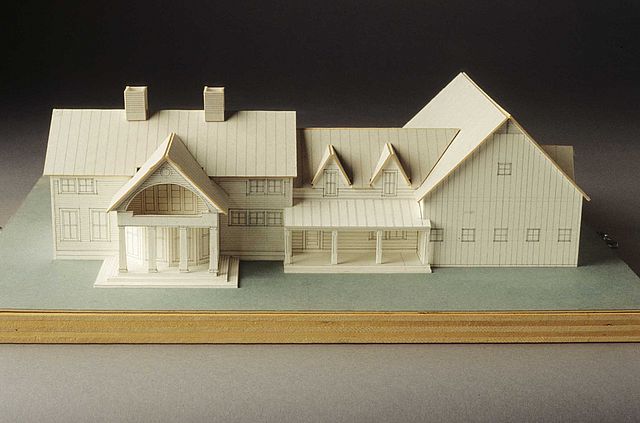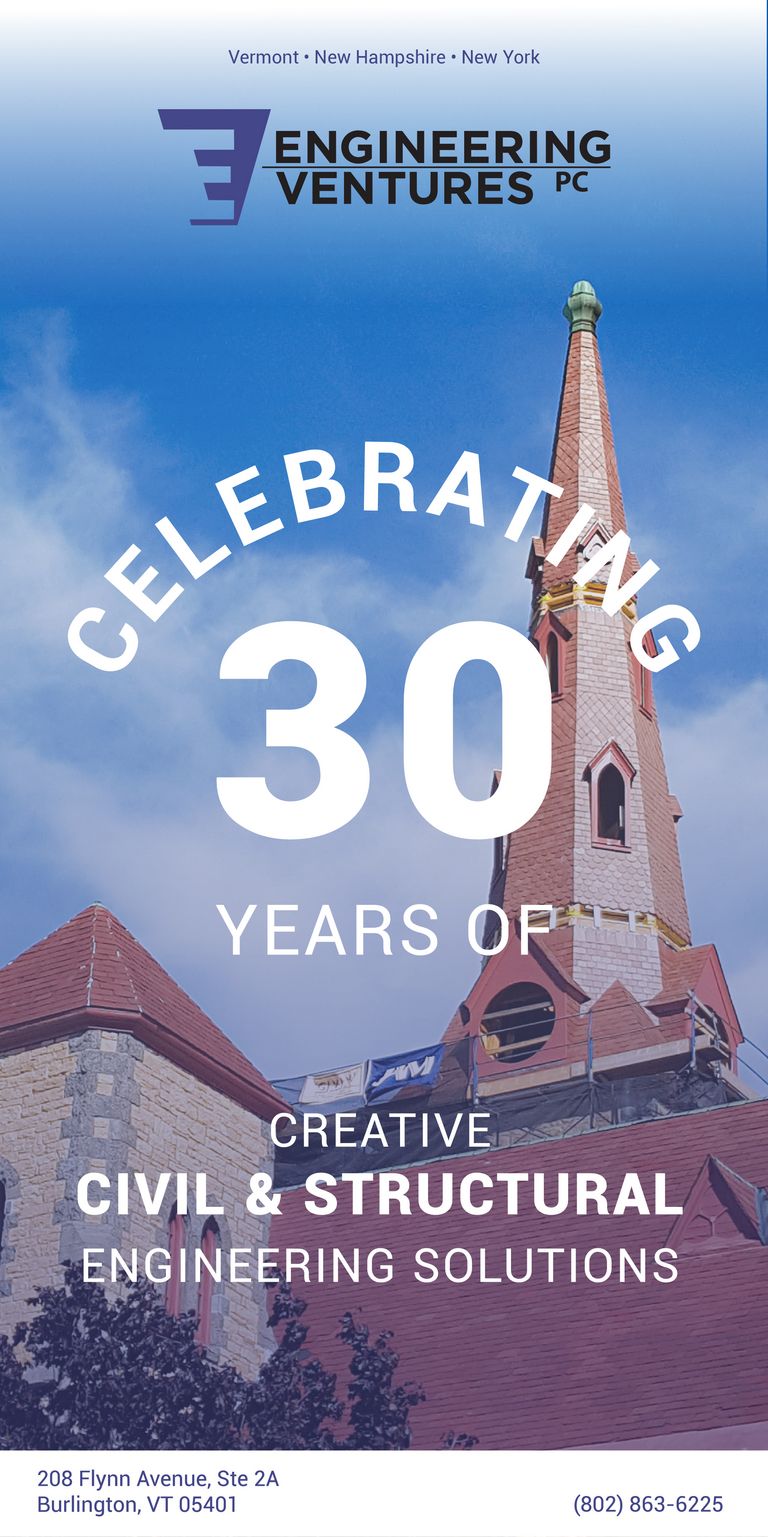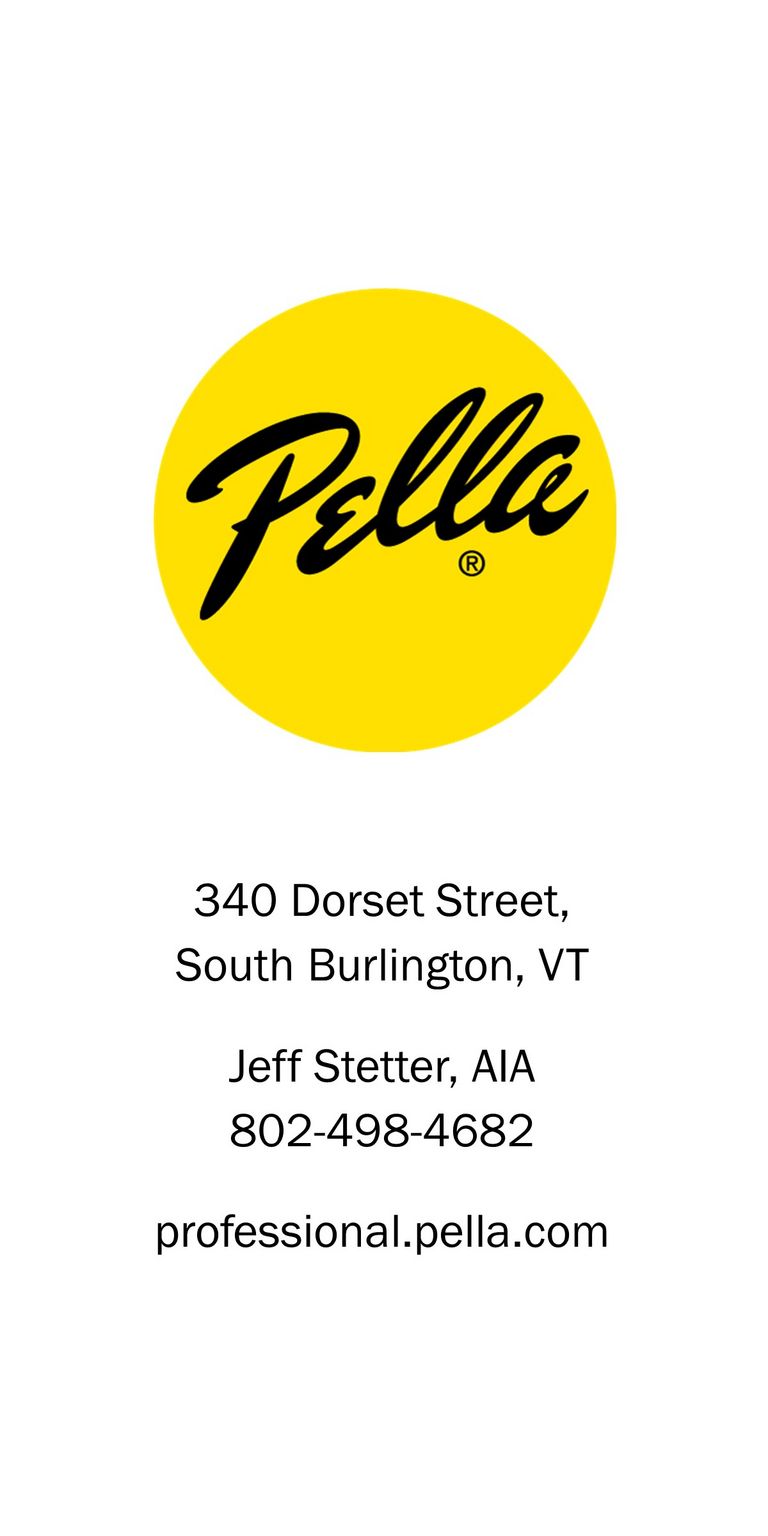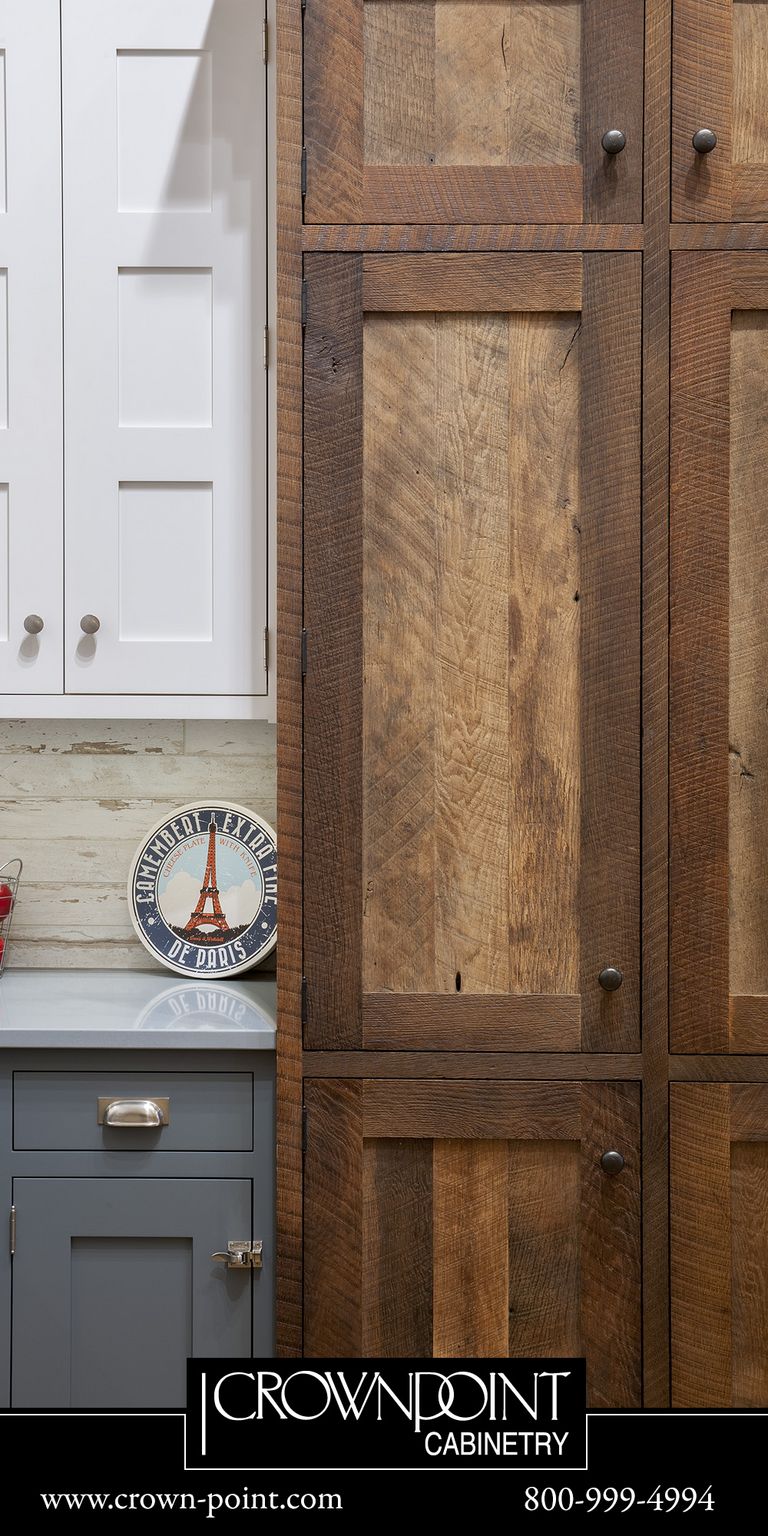A Forever House
By Rolf Kielman, AIA
Many of us love this architecture work: the people we do it with and the people we do it for. We are heartened by the built result and the encouragement of our peers, clients and collaborators. This story is one of the highlights of my time in the profession: an odd pat on the back. It goes like this…
In the mid-eighties, about 10-15 years into my career, I got a call from a man who was a planner in a large Midwestern city. He owned a scenic property in Central Vermont. He’d seen a house I’d designed and said, “I want one just like it.” I was a bit flustered and started to explain the importance and influence of site on a structure’s form and expression, but stopped mid-sentence when I realized that information would be realized by him all in due time.
I met with David, as I’ll call this man, soon after. The house he wanted was to be a holiday house for the time being, but long term, he planned to move back to his native New England to live permanently. We started work. He was very enthused. His wife, Harriet, played a sideline role: she seemed less enthused, but went along.
The design progressed nicely. David was a wise and perceptive individual who still possessed that child-like enthusiasm we architects hope for in a client. At some stage during the design process, David asked me when I was going to construct a nice, concise model of his house—similar to the ones he’d seen that littered my office. His timing was right on: I’d already begun such a model. When it was complete, he was thrilled with the outcome and treated the model as if it were a kind of jewelry piece. He asked if he could take it with him. “Of course,” I said. Harriet didn’t know what all the fuss was about, but still went along.
I came to learn that David was a fine craftsman in his own right and when next we met he’d created an exquisite wooden container to safely transport our little model; it had a fine leather handle and was more than a worthy carrier for our mini-house. He was still thrilled and, in schoolboy-like fashion, carried it about for all to see.
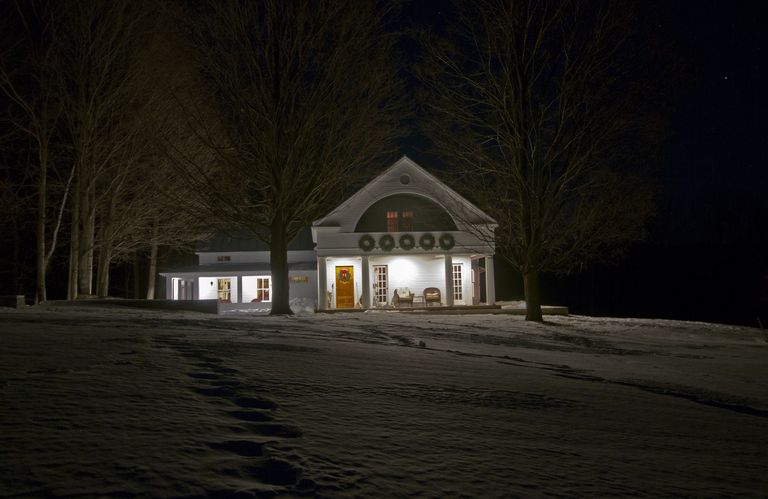
In time, David’s house was constructed and true to plan he and Harriet eventually moved east and became permanent Vermont residents. We’d see each other from time to time. We were both the kind of people who “stayed in touch” and besides, we liked each other.
Winter a year ago, I got a call from David, who was now approaching age 80. He said he was ill and not likely to live long. We met up. The conversation was remarkably upbeat—true to form for David. Not long after, Harriet called with the sad news that David had died. He’d been cremated. The service was to be more of a celebration and would be held in the summer. August came and I went. It was a happy and sad event. The service reflected David’s views on life and feelings for the people he loved. No gloomy burial, just a gathering on the lawn of the house we’d made together.
During the event, Harriet took me aside. She had a story she thought I’d enjoy. After David’s death, she’d hired a local craftsman to construct a wooden box to hold David’s ashes. This box was to be buried on their land, not far from the house.
Meanwhile, on a rainy day in July, Harriet and a helpful neighbor were cleaning the basement and they came upon the box that David had made to hold his house model. The neighbor, without hesitation, advised Harriet to call off the local craftsman from making a now unnecessary box. They could use David’s own box to hold his ashes…how fitting that seemed. The two women opened the box and, lo and behold, the house model was still inside.
“Let’s take it out,” Harriet said; “then we’ll put the ashes inside.”
“I don’t think that will be necessary,” the neighbor said. “I think the ashes and model would fit quite nicely together.”
And so it was done. David’s dusty remains are now forever mingled with “the house” he had loved.

